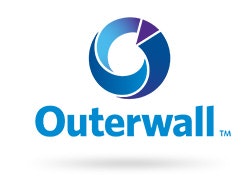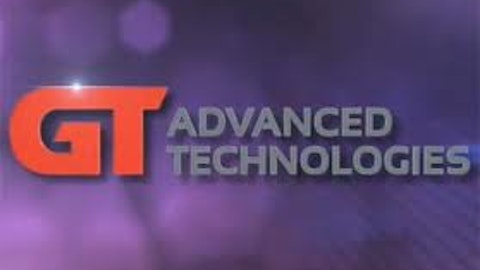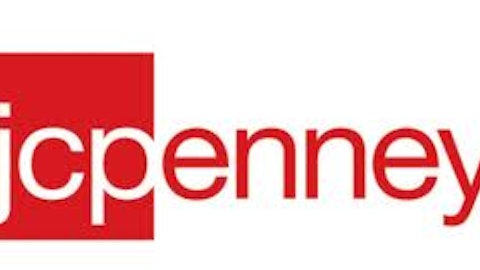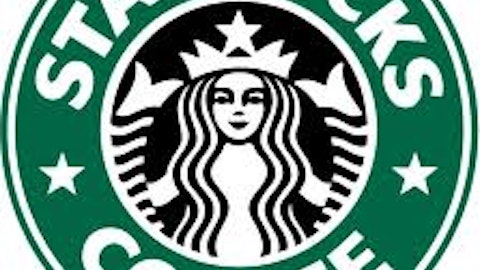The Motley Fool is on the road in Seattle! Recently we visited Coinstar — now officially renamed Outerwall Inc (NASDAQ:OUTR) — to speak with CFO-turned-CEO Scott Di Valerio about the 22-year-old company’s well-known coin-cashing machines, as well as its more recent acquisition of Redbox, and future initiatives to expand into other aspects of the automated retail market.
With both the Coinstar and Redbox kiosks offering a combination of physical and virtual services, the company is uniquely positioned between the online and brick-and-mortar spaces. In this video segment, Scott explains that the company actively works to build relationships with customers and understand their needs. The full version of the interview can be watched here.
A full transcript follows the video.

Austin Smith: You said you were looking at all these markets. If you look five years out in all of your adjacent markets, where do you see automated retail five years from today, both from your perspective, and from an industry perspective?
Scott Di Valerio: I think automated retail really plays into the trends that we’re seeing here — urbanization, the 24/7 gratification that people want — as well as people getting very comfortable with technology, and technology getting very good so that we can deliver products and services in a kiosk format or automated retail format.
I think people are getting much more used to getting products and services from an automated retail format. I see it expanding out.
One of the things we do at Coinstar, and have done, is we develop a relationship with our customers through the automated retail solution or the kisosk.
We do that through our email capture, and being able to have communication back and forth with them through having a good customer experience, to where people go to stores — certain stores and certain kiosks — because they’ve developed a relationship with Redbox or with Coinstar. We’re going to look to continue to do that with some of our other products as well, as we bring it in the marketplace.
As we look out, we see it continuing to expand. We see it as being a way to sit in between that bricks-and-mortar and the Web fulfillment. There’s lots of opportunities for us in areas that we haven’t even addressed yet.
Austin: You said you’re neatly positioned between bricks-and-mortar and that Web experience. Those seem to be industries that have a lot of “once great” success stories here. There’s a lot of once-great retailers out there; companies like Sears Holdings Corporation (NASDAQ:SHLD) or J.C. Penney Company, Inc. (NYSE:JCP). There’s also a lot of once-great tech companies out there; Apple Inc. (NASDAQ:AAPL) famously down, Microsoft Corporation (NASDAQ:MSFT)‘s not done a lot the past few years.
Given that you guys are at the intersection of that, what are you doing, as an executive and as a company, to continue the creative machine, to make sure that you guys stay relevant and avoid the pitfalls that are inherent in both of those industries?
Di Valerio: One of the things we always do is we start with the customer. We do a lot of work trying to understand what customer trends are, and what our customers want, and what new customers that would be coming to us would want.
We start there, and then start building backwards, about how do we develop a solution? If you look at our core businesses, the coin business, we’re rolling out our PayPal solution, where you’re able to load up your PayPal account with coins or cash, or withdraw from your PayPal account as well at our Coinstar machines.
What that does is open up Internet merchandising, or merchandisers, to maybe the under-banked and non-banked customers there, by being able to fill out your PayPal. Again, some adjacencies and extensions onto our business, that’s physical, moving into the Web world.
If you think about our Redbox business, we have our tickets business that we’re testing out, we have Reserve Online, so we’re always stepping out past what we’re doing from the physical presence as well.
We have a team that’s really focused around new business ventures. We have Rubi — which you guys have tasted — the Rubi machine, our coffee business.
Austin: The reviews were good.
Di Valerio: That’s right, good. Yeah, we have Crisp Market, which is prepared food in the breakfast and lunch daypart, and we have Star Studio, which is in the mall channel, which is a whole new take on photo booth, so green screens and music and fun, really geared toward the teenager that goes to the mall — particularly the teen girls that go to the mall — and making it a fun experience for them.
We continue to stretch out around those kinds of businesses in order to be able to bring new customers to the Coinstar brand, but also to bring new products to our customers and continue to extend out that relationship that we have with them.
The article Finding the Sweet Spot Between Brick-and-Mortar and Online Sales originally appeared on Fool.com.
Austin Smith owns shares of Apple and eBay. The Motley Fool recommends Apple and eBay. The Motley Fool owns shares of Apple, eBay, and Microsoft.
Copyright © 1995 – 2013 The Motley Fool, LLC. All rights reserved. The Motley Fool has a disclosure policy.



